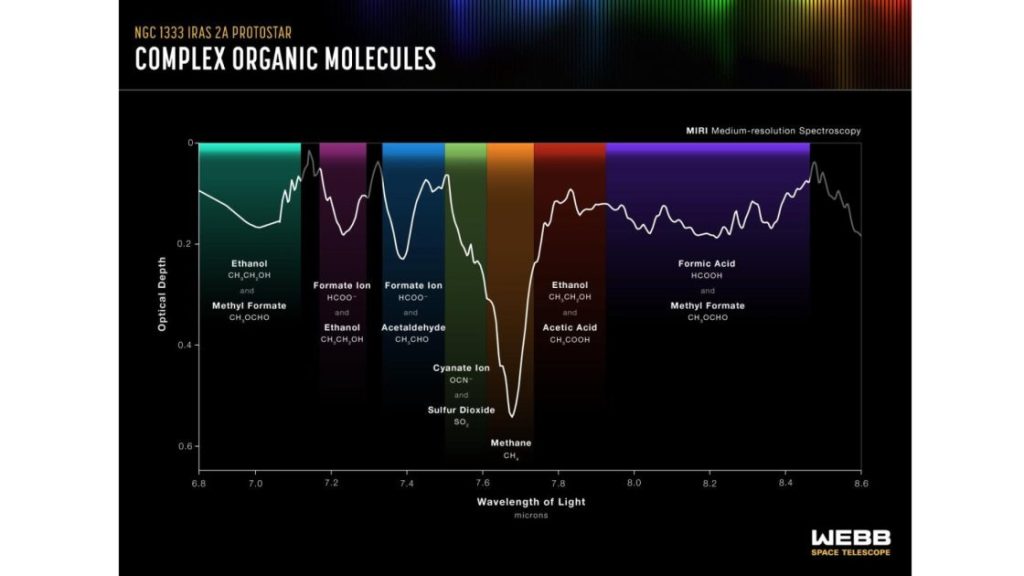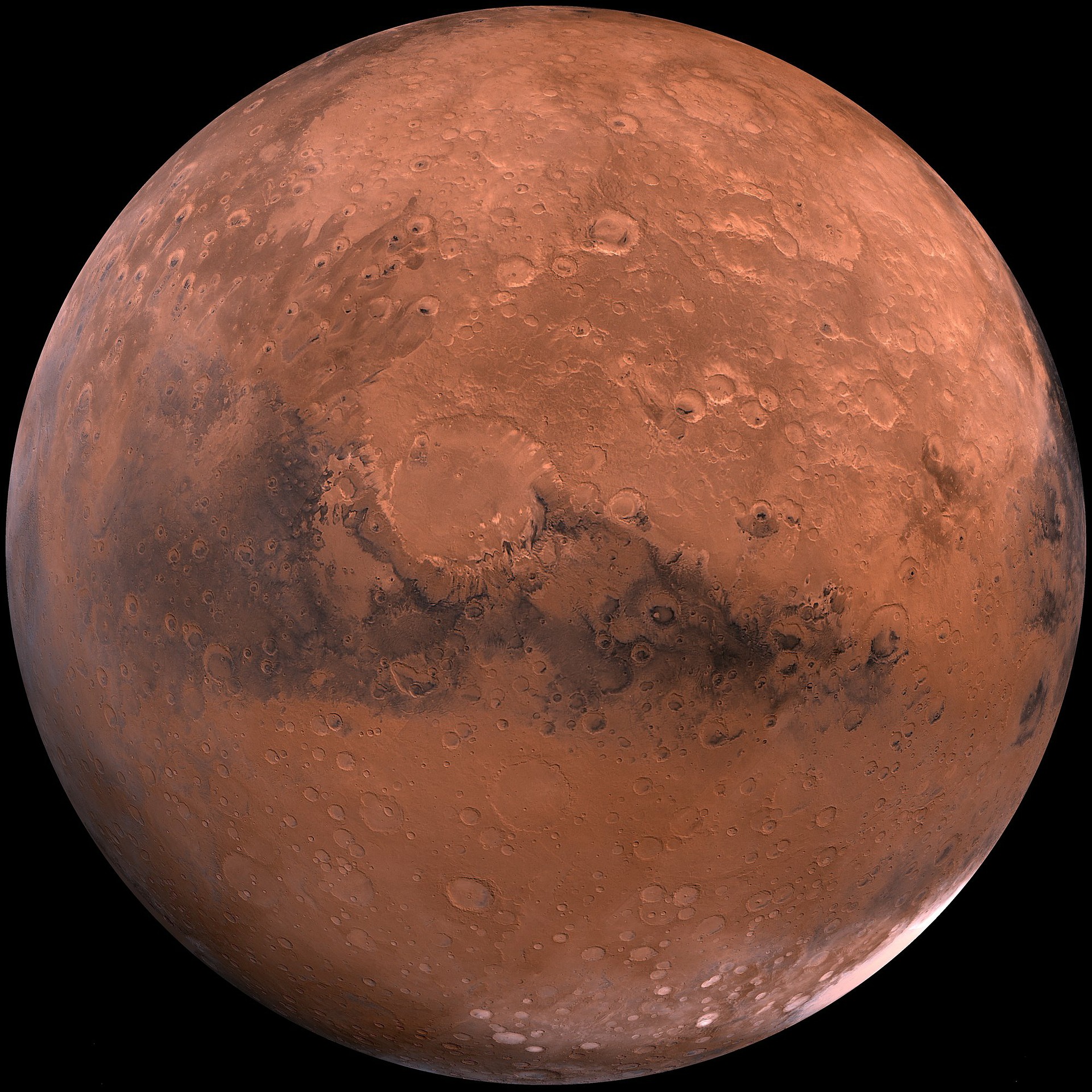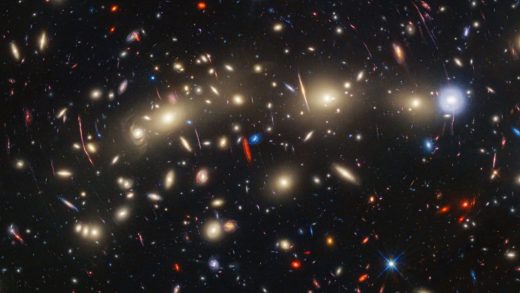JWST’s observation of young proto-stars detects complex organic molecules and ions, essential for habitability
Is there actually another world out there somewhere?
NASA’s James Webb Space Telescope has just made a groundbreaking discovery, as astronomers have detected Ethanol and other icy ingredients in potentially habitable worlds near two young protostars, IRAS 2A and IRAS 23385.
Using Webb’s Mid-Infrared Instrument (MIRI), an international team of astronomers have identified a variety of icy compounds, including ethanol and likely acetic acid, around these protostars. These complex organic molecules (COMs) are essential building blocks for life as we know it. This discovery sheds light on a long-standing question in astrochemistry: the origin of COMs in space.
Team leader Will Rocha from Leiden University in the Netherlands explained that detecting COMs in ices suggests solid-phase chemical reactions on the surfaces of cold dust grains play a crucial role in their formation.

“This finding contributes to one of the long-standing questions in astrochemistry,” Rocha was reported as saying by NASA. “What is the origin of complex organic molecules, or COMs, in space? Are they made in the gas phase or in ices?,” Rocha wondered.
The detection of COMs in ices suggests that solid-phase chemical reactions on the surfaces of cold dust grains can build complex kinds of molecules, according the team leader.
Previously, it was believed that COMs originated solely from the warm gas phase, but now it’s understood that they likely sublimate from ices. This finding opens doors to understanding the origins of even larger molecules in space.
Transporting Ingredients for Life
But how do these icy COMs reach potentially habitable worlds? Scientists speculate that these molecules, present in cold ices, are easier to transport from molecular clouds to planet-forming disks. This means they could be incorporated into comets and asteroids, which may later collide with forming planets, delivering the necessary ingredients for life to flourish.

All of these molecules can become part of comets and asteroids and eventually new planetary systems when the icy material is transported inward to the planet-forming disk as the protostellar system evolves, according to Ewine van Dishoeck of Leiden University, one of the coordinators of the science program.
“We look forward to following this astrochemical trail step-by-step with more Webb data in the coming years,” van Dishoeck added.
Similarities to Our Solar System’s Early Stages
The discovery also includes simpler molecules like formic acid, methane, formaldehyde, and sulfur dioxide. Sulfur-containing compounds, like sulfur dioxide, are particularly intriguing as they might have played a significant role in driving metabolic reactions on primitive Earth.
One of the protostars studied, IRAS 2A, is similar to the early stages of our solar system. This suggests that the chemicals detected around IRAS 2A might have been present in the first stages of our solar system’s development and later delivered to primitive Earth.
Astronomers say the discoveries have deep implications as they shed light on how habitable worlds form and offer insights into our cosmic origins. As van Dishoeck has suggested, these molecules could shape new planetary systems as protostellar systems evolve.
This research, part of the James Webb Observations of Young ProtoStars (JOYS+) program, honors the memory of team member Harold Linnartz, who passed away in 2023.
The research paper has been accepted for publication in the journal Astronomy & Astrophysics.


